Maintaining oral hygiene goes beyond daily brushing—it involves knowing when to replace a toothbrush head and how to keep it clean in the meantime. In the world of smart hygiene routines, brush head replacement and efforts to sanitize toothbrush head surfaces are often treated separately. But for manufacturers and brands, syncing these two habits is key to delivering a complete oral care solution.
In this blog, we explore the strategic timing and technical considerations for aligning brush head replacement cycles with effective sanitation protocols.
Toothbrush heads—especially those used with electric models—undergo gradual wear due to:
Most dental professionals recommend a brush head replacement every 3 months. However, environmental and usage factors (e.g. brushing pressure, frequency) can shorten this cycle. The B2B opportunity lies in designing indicator systems (faded bristle color, app alerts) to signal end-of-life.
Between replacements, the hygiene status of the brush head can deteriorate significantly. That’s where sanitize toothbrush head routines play a critical role. UV sanitizers, ozone chambers, and antimicrobial brush holders can help reduce:
Frequent sanitation—ideally after each use—extends the safe usability of the brush head and reduces oral contamination risks.
A sanitized brush head is not necessarily an effective one. After prolonged use, even a “clean” brush head may show:
At this point, even if users continue to sanitize toothbrush head surfaces, the cleaning performance drops. That’s the ideal moment to prompt brush head replacement.
Smart toothbrush brands are increasingly integrating:
To encourage synced hygiene habits, manufacturers should consider:
These bundled solutions promote long-term use and increase average order value while helping users stay compliant with hygiene guidelines. Company web: https://www.powsmart.com/product/electric-toothbrush/
Finally, syncing brush head replacement and sanitize toothbrush head routines requires clear user education. B2B brands should empower distributors and retailers with:
Educated users are more likely to adhere to hygiene best practices—and stick with brands that help them do so.
To summarize: while sanitize toothbrush head routines help maintain day-to-day hygiene, they are not a substitute for timely brush head replacement. Instead, they should work hand in hand—creating a lifecycle of hygiene that is proactive, measurable, and user-friendly. For manufacturers, synchronizing both aspects into product design and packaging represents a powerful competitive advantage in the modern oral care market. Contact us
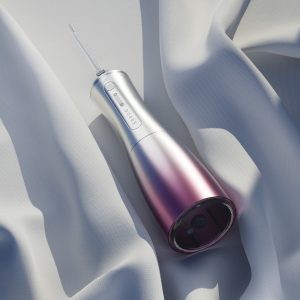
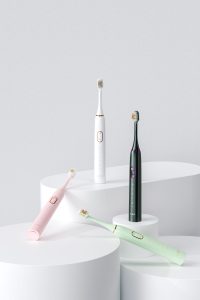
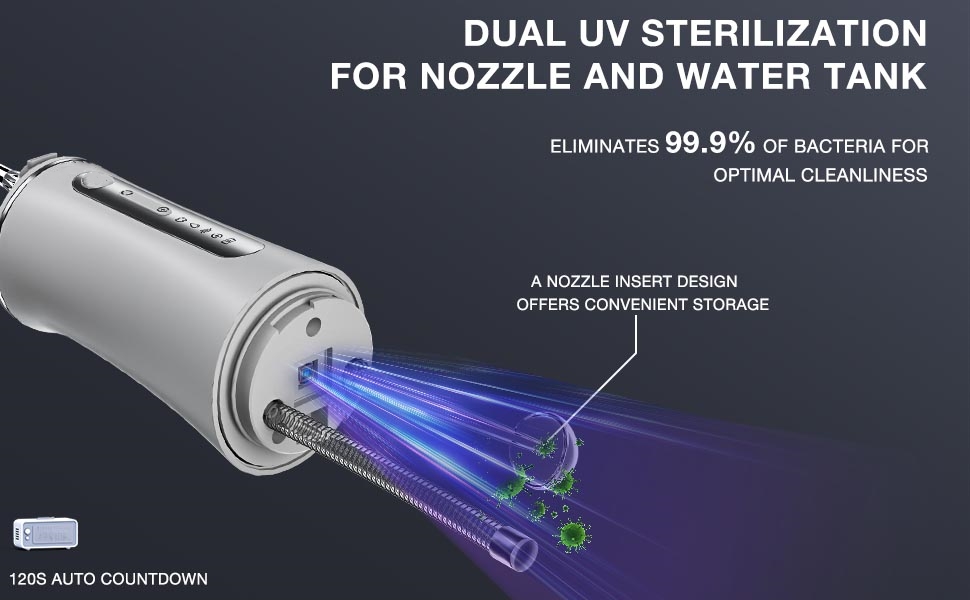
Does UV Sanitizer Compatible Tech Keep Clean Brush Heads Germ-Free?
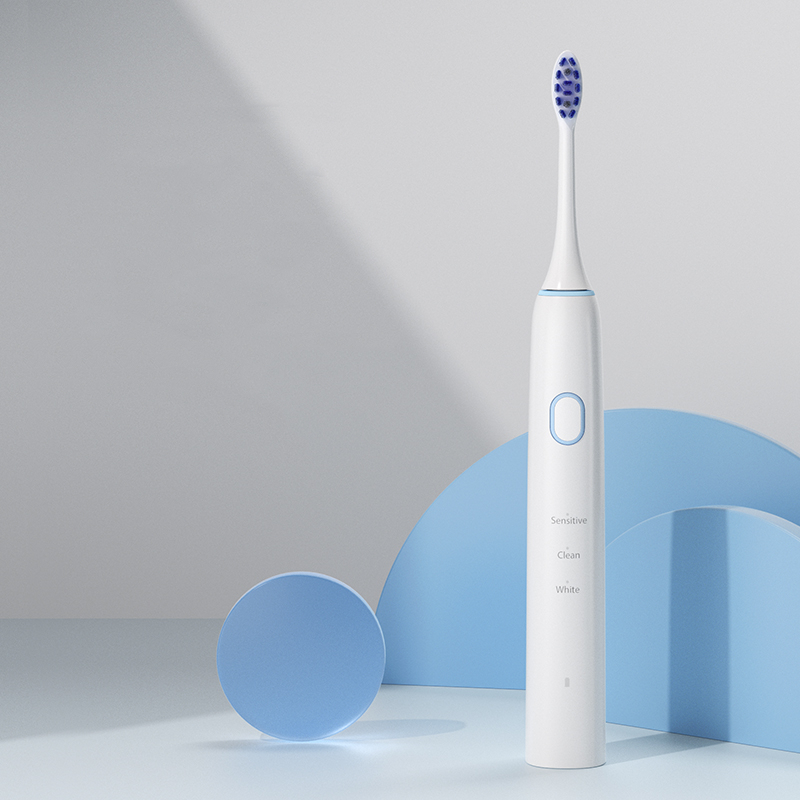
Why Choose Powsmart as Your Electric Toothbrush OEM Partner?
.jpg)
Electric Toothbrush Noise Level Test: Powsmart vs. Philips & Oral-B
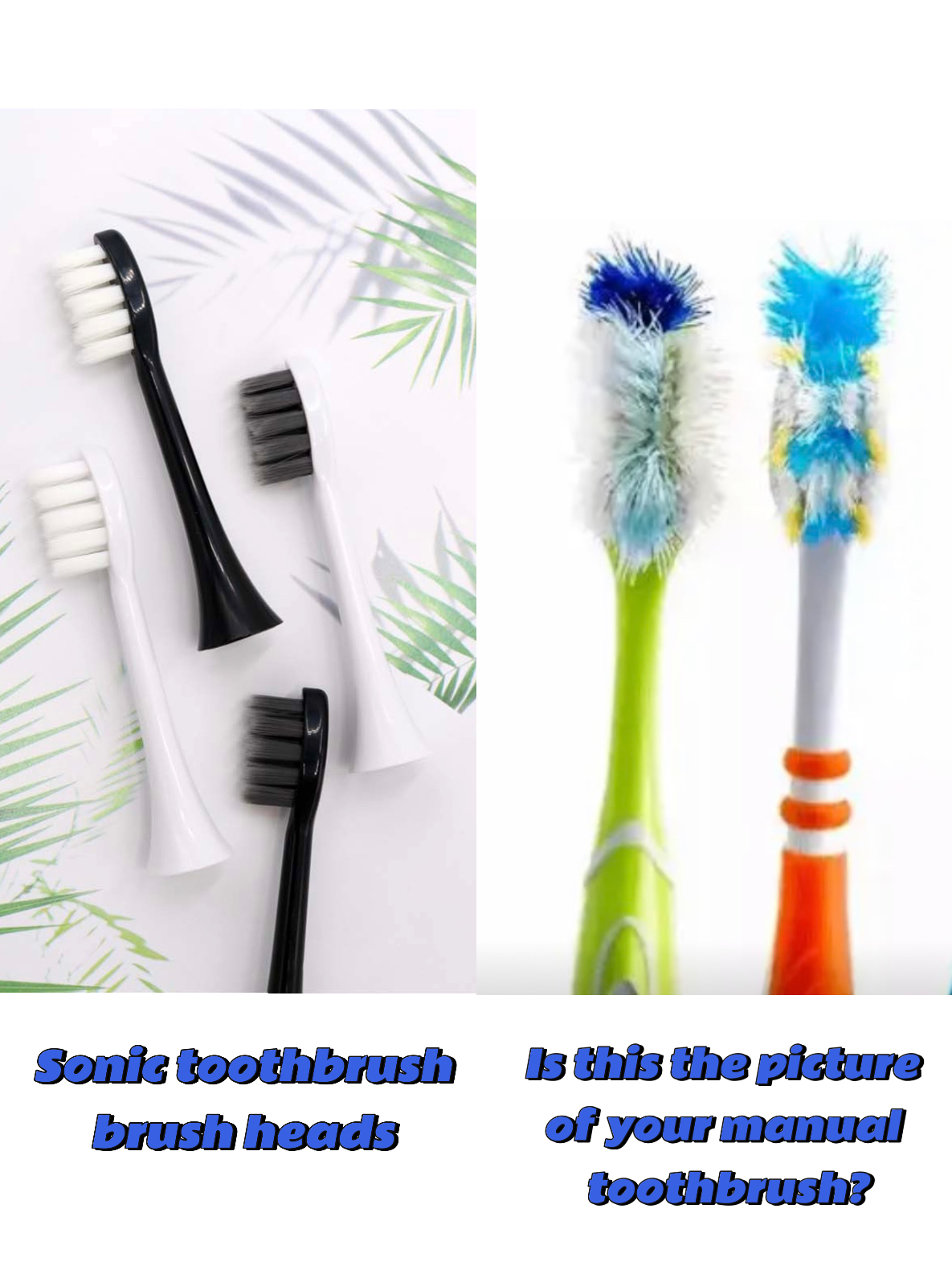
See How Powsmart’s Real-Time Brushing Data for Kids Works via Your Phone!

USB-C Rechargeable Brush Dying on Trips? Portable Toothbrush Case Saves Your Smile!

sonic electric toothbrush San Jose
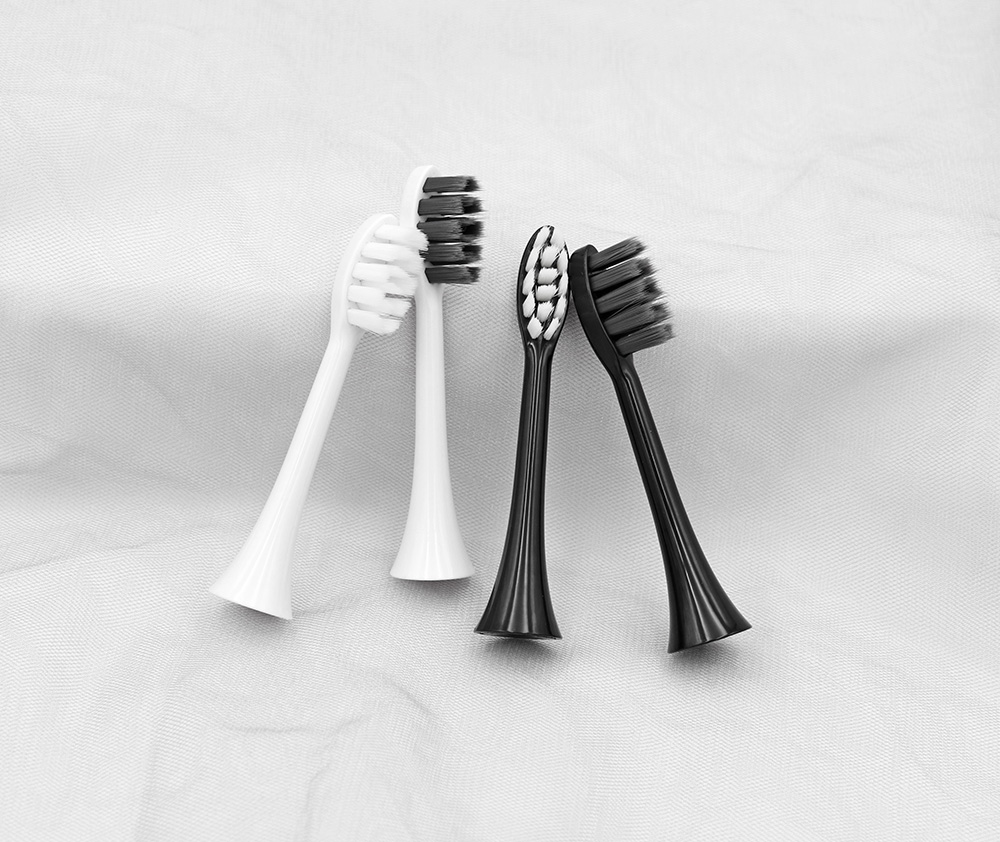
3-Month Brush Head Replacement Reminder: Why It Matters for brand owners

Can Sonic Brushes Polish Without Damage?
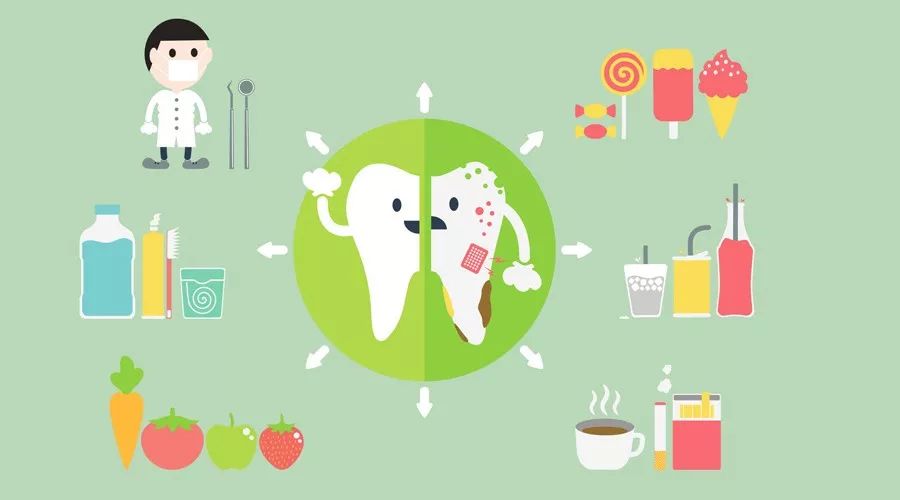
How Can I Disinfect Electric Toothbrush Head? BPA-Free & Hygienic Options

Custom Electric Toothbrush Packaging – Retail & Wholesale Options
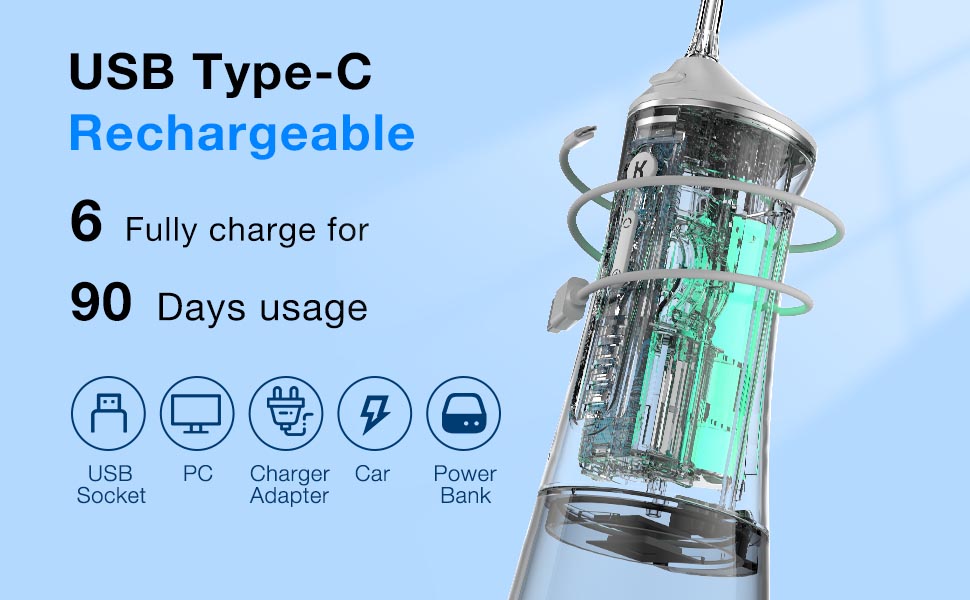
How to Fix Vibrating Toothbrush Issues via DIY Motor Troubleshooting?
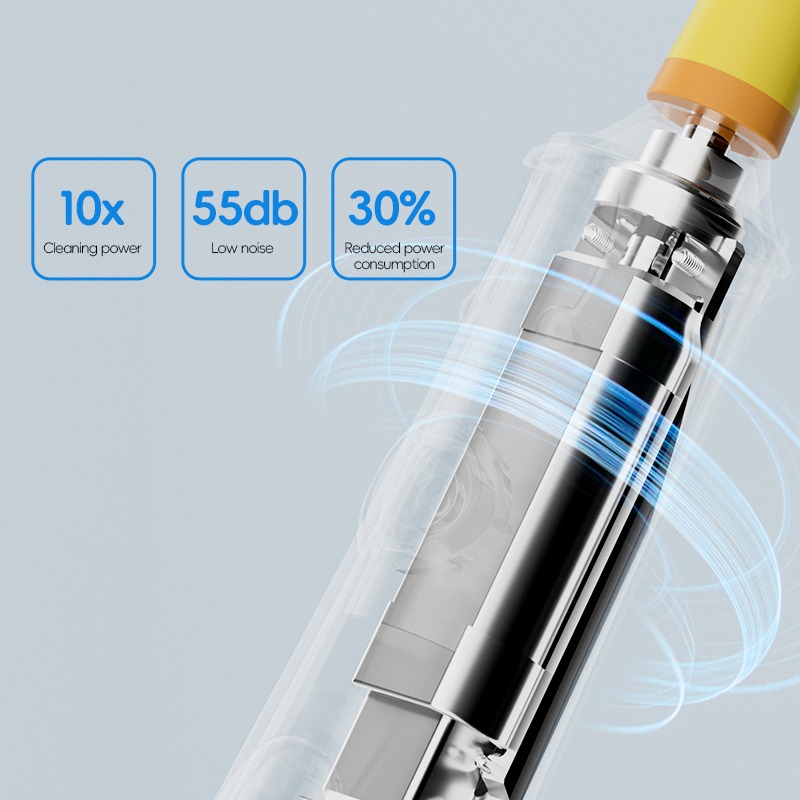
How Does This Quiet Electric Toothbrush Score in Noise Comparison Test?

Do V-Shaped Heads Clean Braces Better?
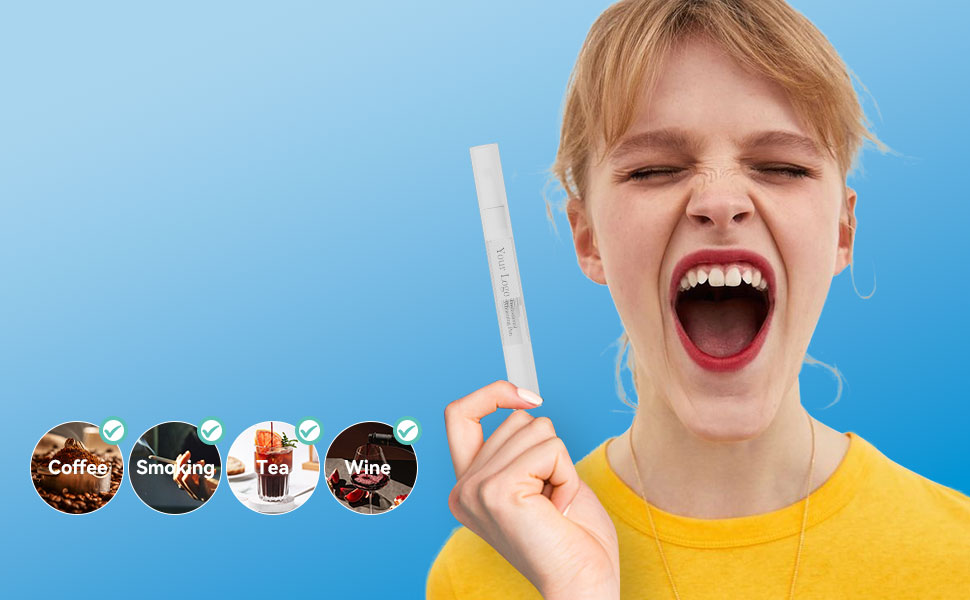
Can a High Endurance Motor Deliver Long Battery Life for 90 Days?

Is an Under 50dB Brush Quiet Enough as an Apartment Living Toothbrush?
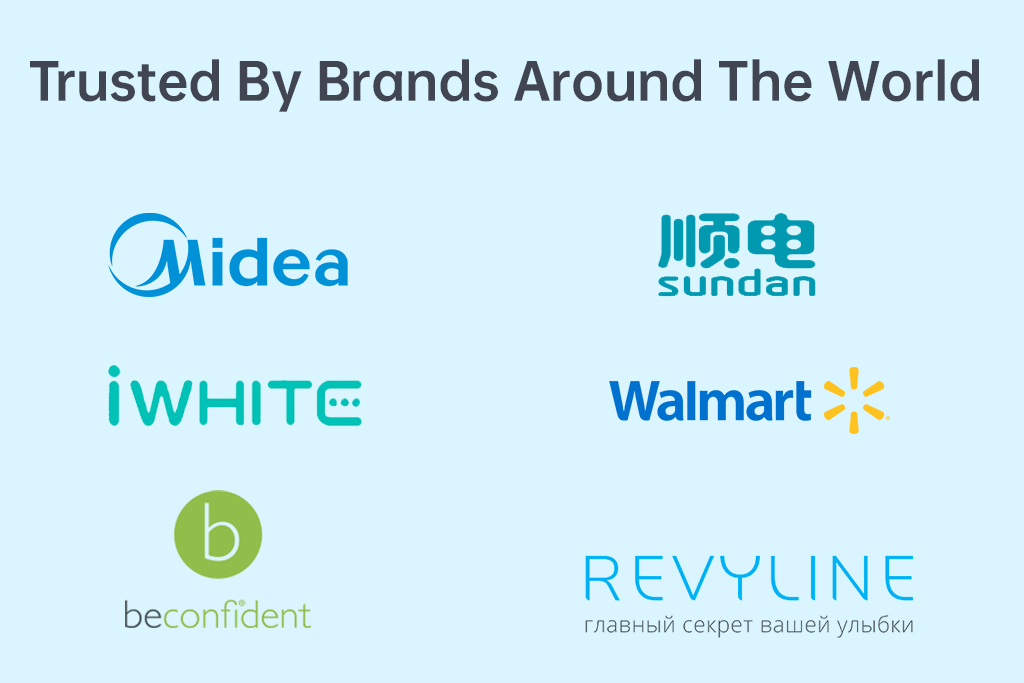
Brushing Blindly? Smart Dental Coach + Pressure Sensor Tech Reveals Hidden Plaque!

electric toothbrush heads Ultra Soft

Private Label Whitening Gel

electric toothbrush heads Deep Clean

electric toothbrush heads Regular Clean

Customization Teeth Whitening Gel

Electric toothbrush heads Charcoal Infused-Diamond

electric toothbrush heads Charcoal Infuse-Round
.jpg)
Florida Electric Toothbrush – Powsmart PTR-C8
whstapp
whstapp
National Toll-Free Service Hotline
+86 755 86238638